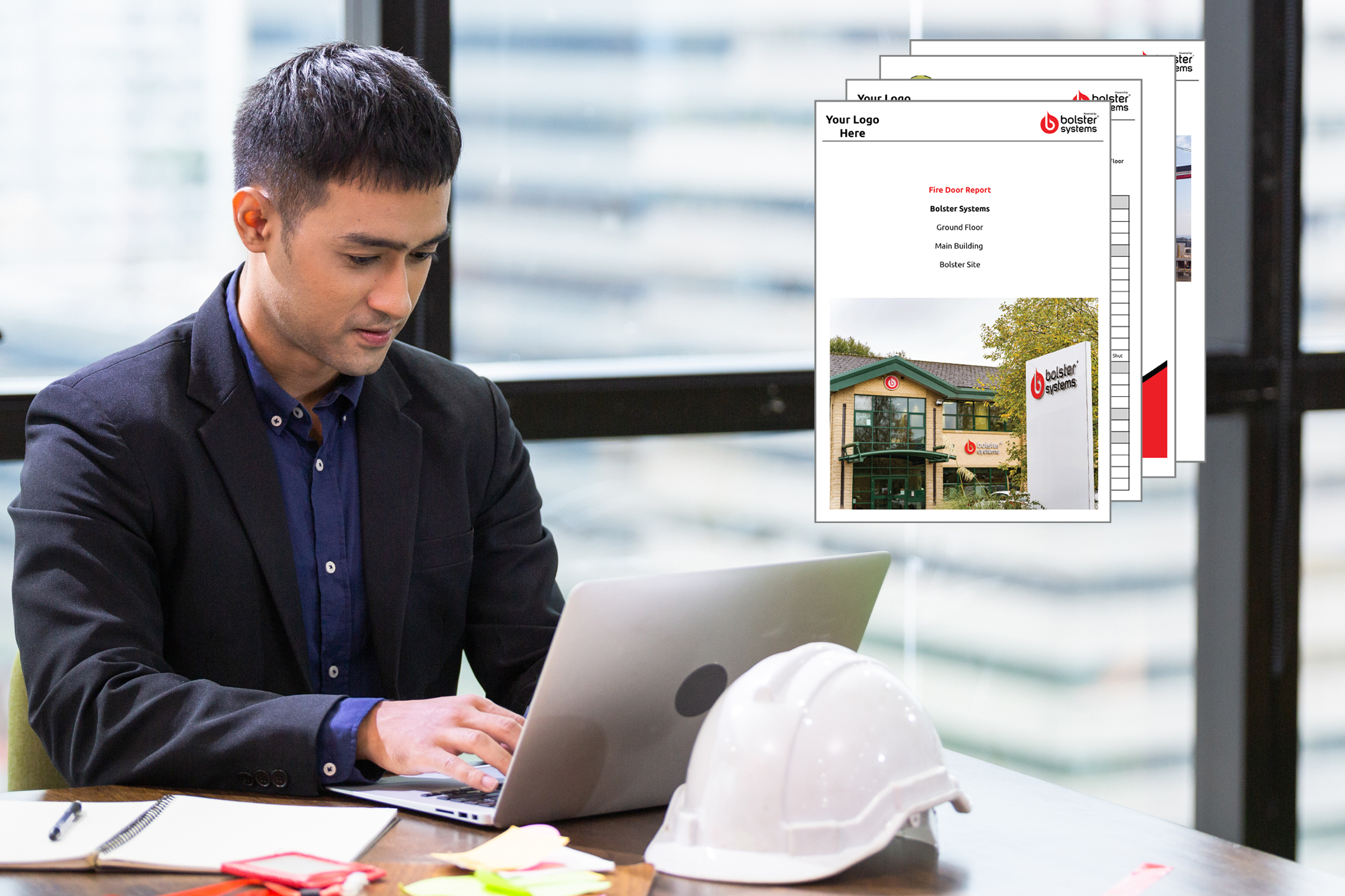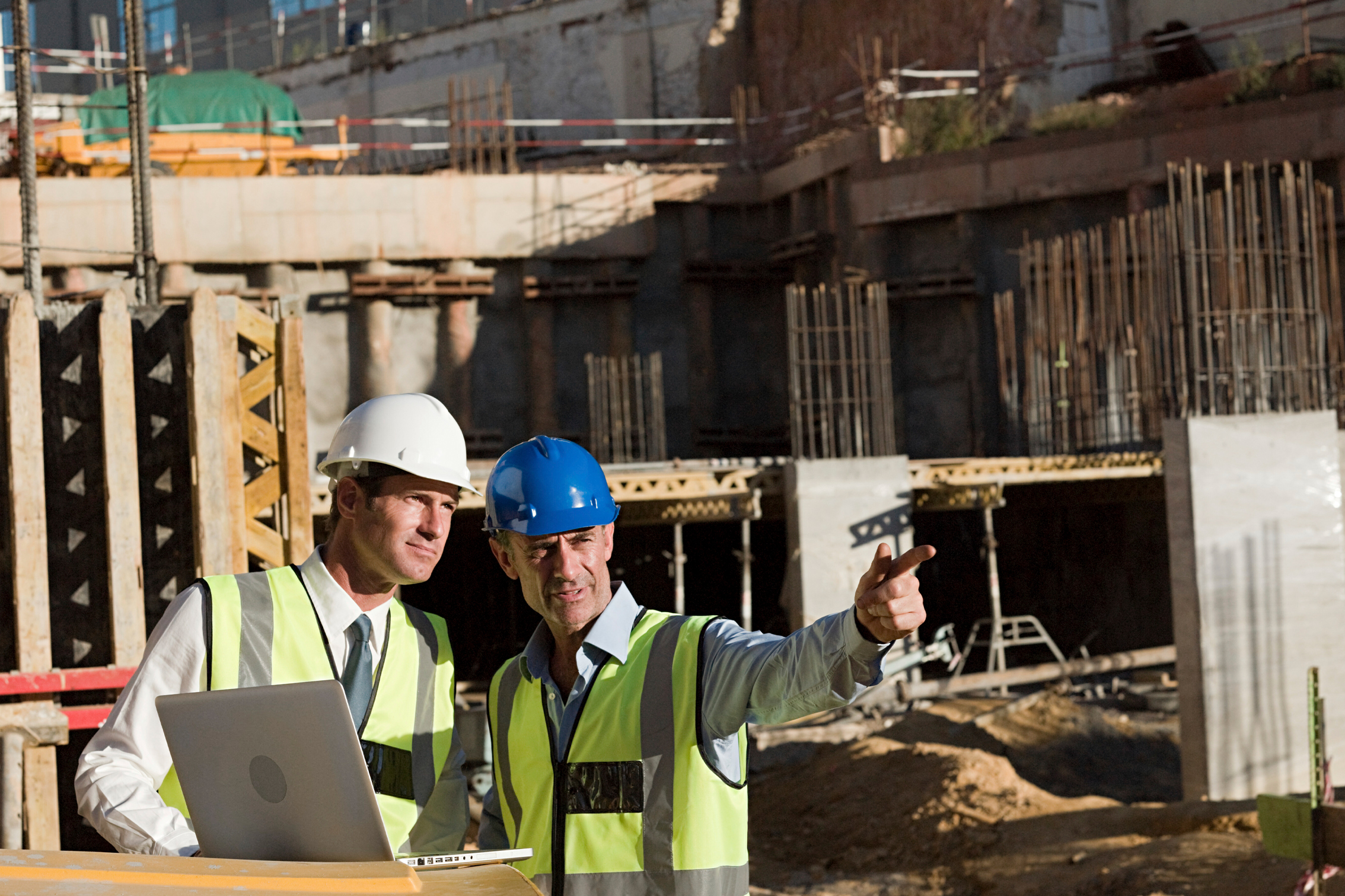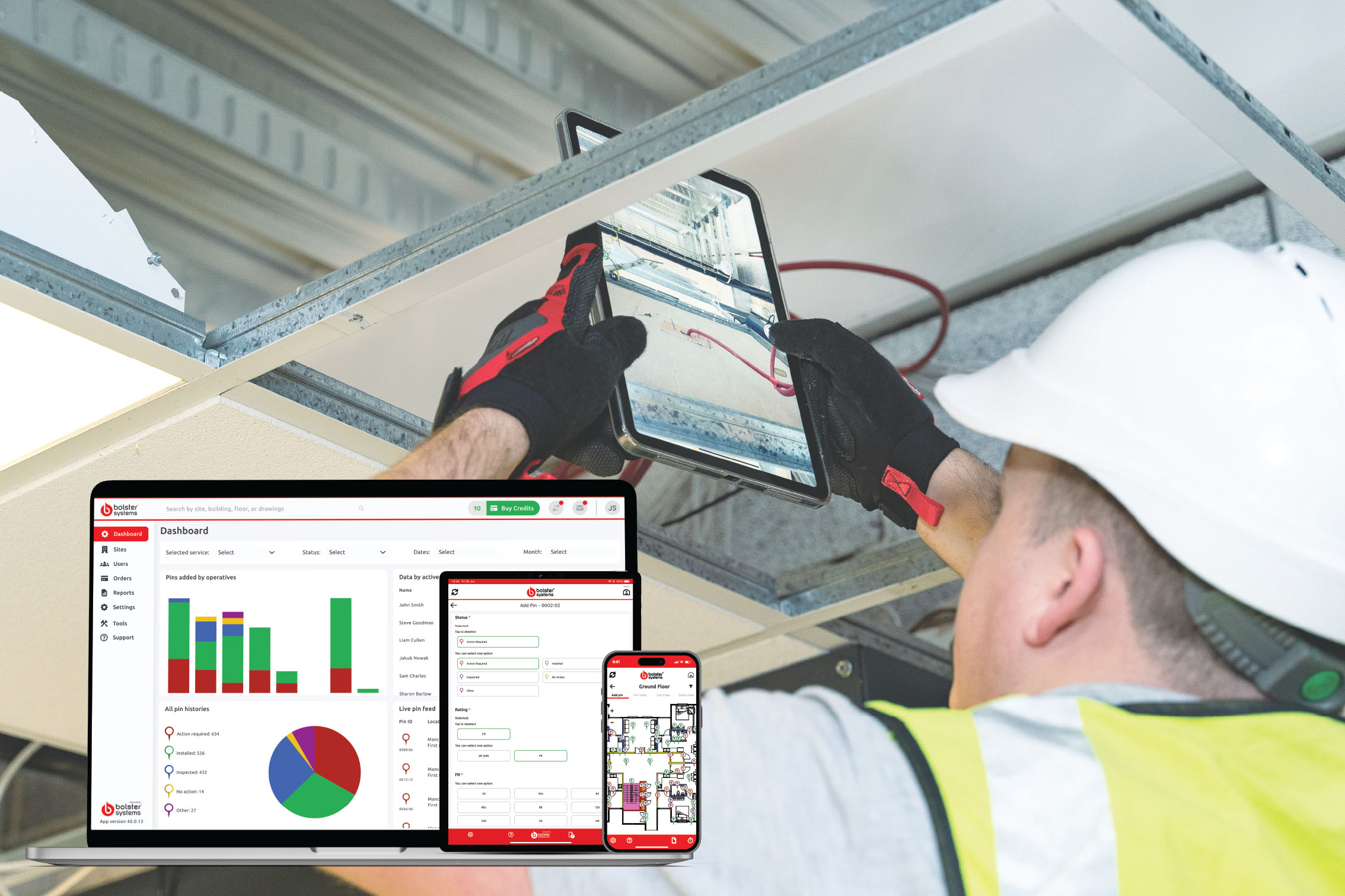What Tools Help Manage Site Inspections and Quality Assurance?

Managing site inspections and quality assurance (QA) in construction is an ongoing challenge, especially across large or complex projects. There’s pressure to meet tight timelines, keep subcontractors aligned, and satisfy regulatory standards, all while maintaining a clear audit trail. The right tools can make the difference between chasing paperwork and having full visibility in real time.
Traditionally, QA and inspection processes rely on paper forms, email chains, and scattered spreadsheets. While these may cover the basics, they introduce risks: missing sign-offs, unclear communication, and lack of traceability. Mistakes or delays in these areas can compromise handover, slow project progress, or even lead to costly rework.
That’s where digital tools step in. Platforms like Bolster give site teams a centralised way to manage inspections and QA activities without the clutter or confusion of traditional methods.
Here’s what a purpose-built tool should offer:
- Customisable templates for different inspection types
- Real-time mobile access for on-site completion
- Photo evidence uploads linked to specific locations
- Automated alerts when issues are flagged
- Time-stamped sign-offs and audit trails
With Bolster, for example, QA checklists are fully digitised. A site manager can complete an inspection using their phone, attach images, assign follow-up actions, and sign off the report all within minutes. Records are instantly available to other stakeholders, whether they’re on-site or off-site.
More importantly, this system scales. Whether you’re tracking snags on a single site or auditing multiple projects at once, digital QA and inspection tools let you see what’s happening and where action is needed. You can identify recurring problems, highlight teams that need support, and reduce the risk of issues falling through the cracks.
These tools also improve client confidence. Providing real-time access to inspection records and QA progress gives clients and consultants transparency. It shows that quality isn’t just a goal, it’s something you can prove.
In construction, quality assurance isn’t just about ticking boxes. It’s about creating a culture of accountability and delivering work that stands up to scrutiny. The right tools give your team the power to do just that.





































